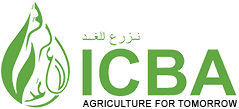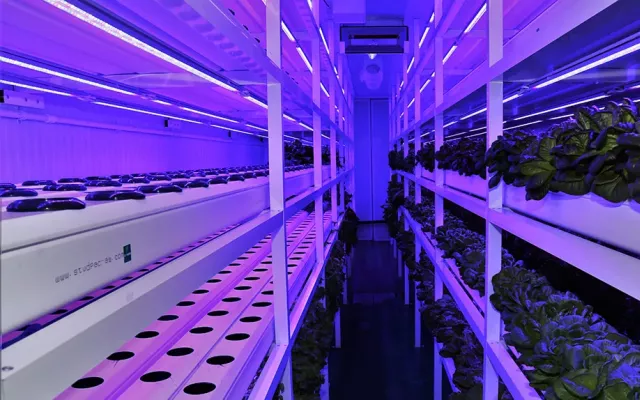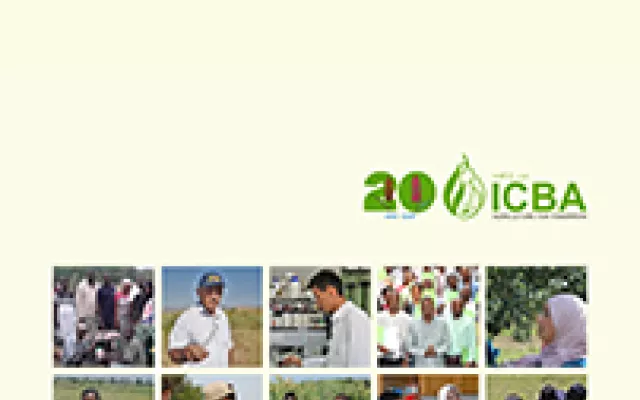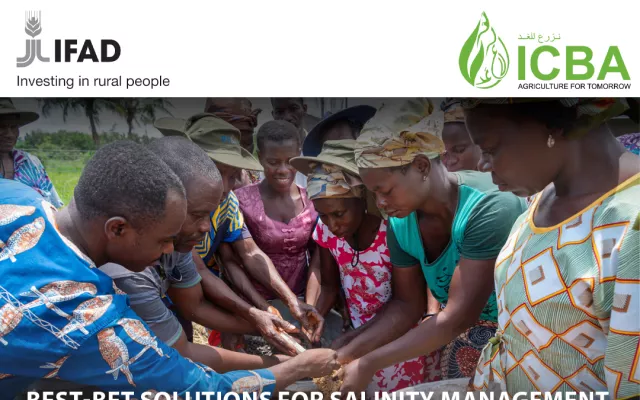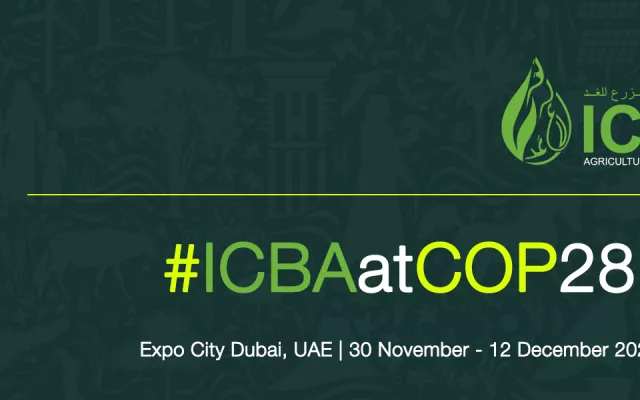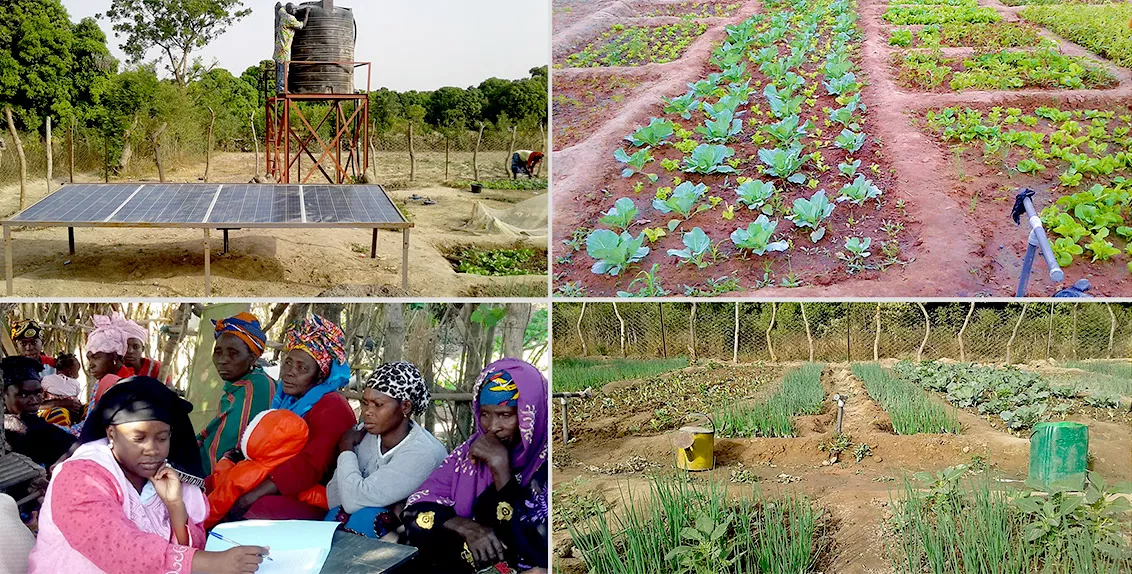Solar-powered small-scale irrigation can boost food security in sub-Saharan Africa - study
25 November 2021
A recent study by the International Center for Biosaline Agriculture (ICBA) showed that solar-powered small-scale irrigation systems can improve agricultural productivity and income of smallholder farming communities in sub-Saharan Africa.
The study was based on the results of a recently completed four-year project titled “Scaling up small-scale irrigation technologies to improve food security in sub-Saharan Africa”.
Financed by the OPEC Fund for International Development, the project led by ICBA was implemented in four countries: Burkina Faso, Niger, Mali, and Senegal.
During the project implementation, drip, sprinkler, and Californian irrigation systems were evaluated to determine their technical and economic efficiency in the target countries. These systems were operated using solar-powered pumps to take water from streams and wells. Several major vegetables were grown on all sites and the performance of the systems was compared with that of the traditional bucket and gravity irrigation methods.
The study found that the Californian and drip irrigation systems fared significantly better in terms of improving water use efficiency and crop yields as opposed to all conventional irrigation methods smallholder farmers use in the target countries. What is more, the economic efficiency and water productivity of these systems were two to three times higher than those of the traditional irrigation systems.
The study also found that most of the smallholder farmers preferred the solar-powered Californian irrigation system because of its relatively low installation cost (600-1,000 USD per hectare) compared to the drip irrigation system that requires about 2,000-4,000 USD per hectare as an initial investment. The other reason is that fuel prices also reduce smallholder farmers’ income.
The study also revealed a significant impact on water consumption. For example, the total amount of water for tomatoes irrigated using the Californian irrigation system was 18% lower than that of the gravity irrigation method. The results also indicated that smallholder farmers could earn up to three times more profit for vegetables grown with the solar-powered irrigation systems.
According to Dr. Asad Qureshi, a senior scientist in irrigation and water management at ICBA and
leader of the project: “Scaling up small-scale irrigation technologies with affordable access to energy should be a top priority in sub-Saharan Africa where despite ample water resources, only about 2% of the total renewable water resources are used for irrigation due to a lack of water infrastructure. Over the last decade, ICBA has worked with different regional partners to identify cost-effective small-scale irrigation technologies suitable for the local conditions and accepted by smallholder farmers. Through this project, we explored the technical and policy options to support scaling up these technologies to smallholder farmers in the target countries. We are happy to report some positive numbers using alternative methods like the drip and Californian irrigation systems. However, wide-scale adoption of these technologies by smallholder farmers remains a challenge due to cost and lack of technical support.”
About 920 extension workers and irrigation experts were trained in the target countries during the project implementation. In addition, 20 farmer field days were organized regularly to provide smallholder farmers with first-hand information about these technologies. During field demonstrations, some 11,475 smallholder farmers visited trial sites and the impact survey showed that the Californian irrigation system was adopted on more than 50,000 hectares of land in all four countries.
The study highlighted some key policy lessons for irrigation development in sub-Saharan Africa. It emphasized the need for governments to recognize the importance of irrigation development for boosting food security and economic growth. The governments also need to extend credit facilities and soft loans to smallholder farmers to invest in these technologies.
